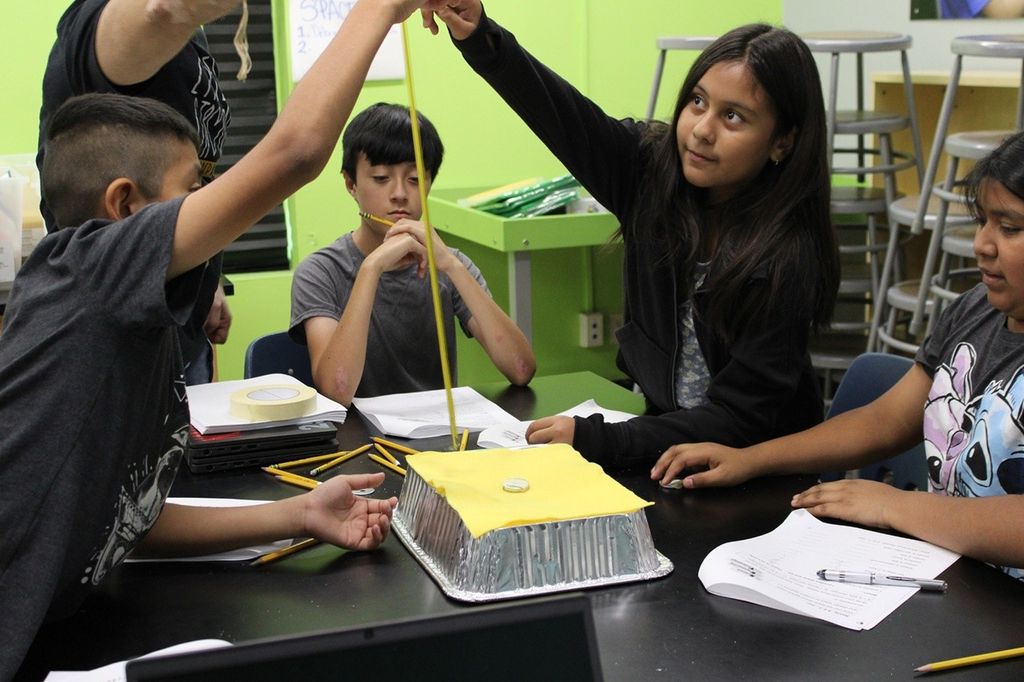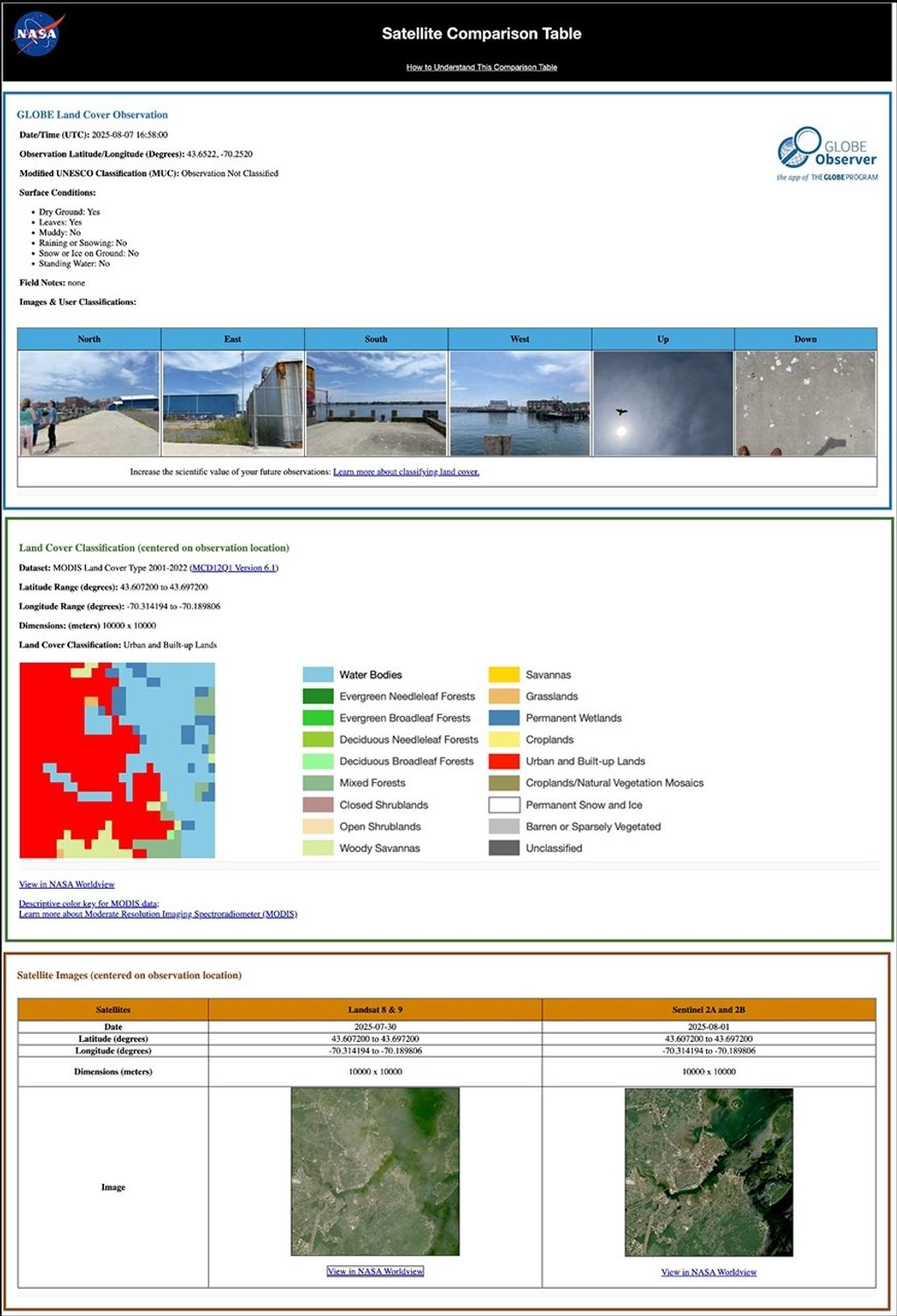Spotlite Design Challenge: Solar Eclipse Chasers


Developed in Collaboration with NASA Heliophysics Education Activation Team (NASA HEAT).
Follow these steps to think and act like scientists as you dig through data and experiment to support a claim that confronts a misconception.
- Select one of the MISCONCEPTIONS and its related CLAIM to investigate.
- Do your own RESEARCH by conducting investigations to gather data and collect evidence to support your claim.
- Review the Criteria for the Spotlite video.
- Create the Spotlite video.
Identify the problem: As NASA Solar Eclipse Chasers, you are challenged to gather and share evidence to confront misconceptions about solar eclipses. Create a video that captures your questions and findings.
Solar eclipses occur when:
- The Moon is between Earth and the Sun; and
- The Moon, Earth and Sun are aligned in such a way that the Moon casts a shadow on Earth's surface
MISCONCEPTION 1: Solar eclipses are rare.
CLAIM: A total solar eclipse is rare, but there are 2 to 4 solar eclipses each year.
Demonstration and Experimentation Ideas
Activity
Analyze past and future eclipse data to discover why we don't experience eclipses every month.
MISCONCEPTION 2: All solar eclipses are the same.
CLAIM: There are four types of solar eclipses: total, partial, hybrid, and annular. The Moon's elliptical orbit determines the type of solar eclipse.
Demonstration and Experimentation Ideas
Activity
Use math to help determine types of solar eclipses.
MISCONCEPTION 3: Solar eclipse glasses are the only way to experience a solar eclipse.
CLAIM: You can view a solar eclipse indirectly using a pinhole projector. Always keep your back to the Sun when using a pinhole projector.
Demonstration and Experimentation Ideas
Activity
You don't need fancy equipment to safely observe a solar eclipse. Follow these directions to make and use a pinhole camera.
NASA cares about the safety of all learners!
Safety is important anytime you conduct a science investigation. Common sense guidelines should govern all work.
- Keep all workspaces neat and organized.
- Wear appropriate personal protective equipment, such as closed-toed shoes.
- Follow directions and ask for clarification.



























